Home » Uncategorized (Page 6)
Category Archives: Uncategorized
The Path of Us
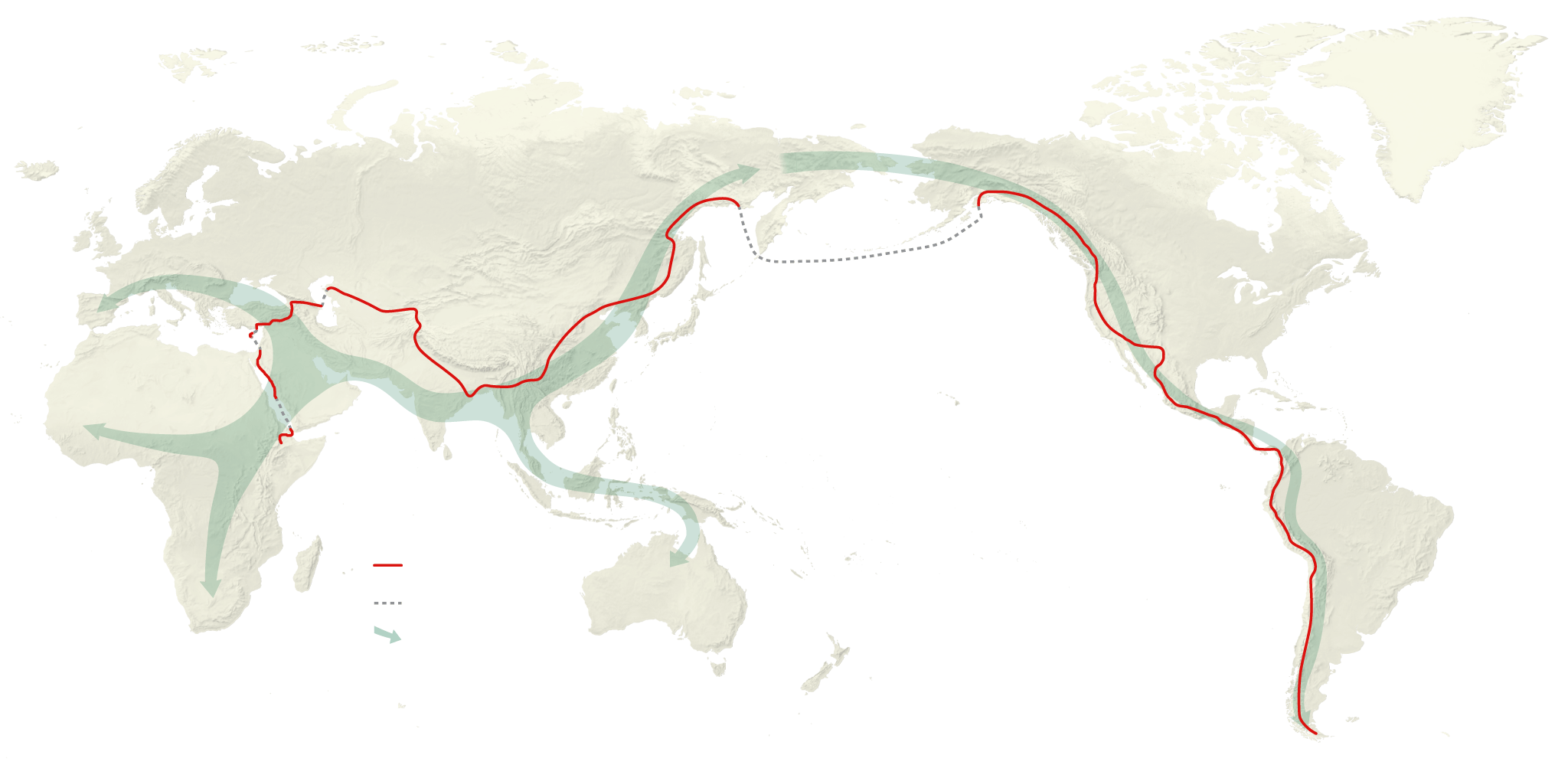
This week focuses on the Paul Salopek and his Out of Eden Walk where he is documenting the journey that our ancestors have taken to across the globe. This project started in 2013, beginning in Herto Bouri, Ethopia and eventually ending near Cape Horn in South America.
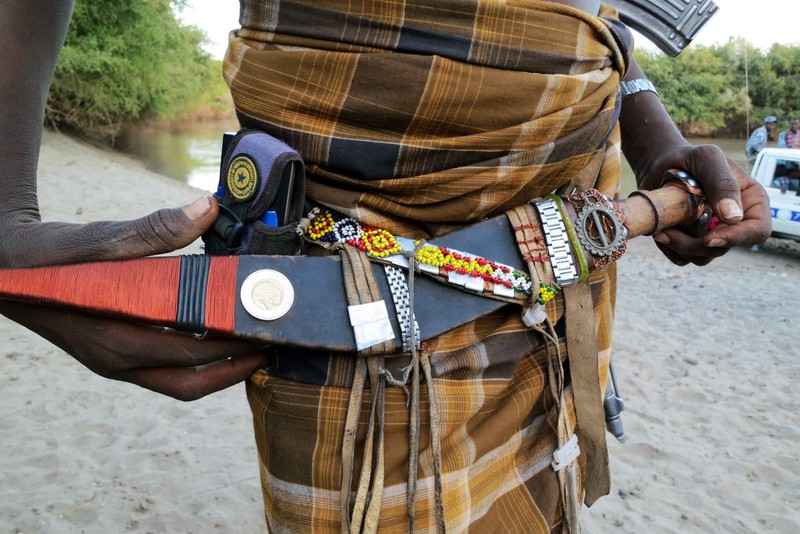
I started out by looking at Paul’s start in Ethiopia. Milestone 1 is in Herto Bouri, a place where there is not a whole lot. Here Paul speaks with Idoli Mohamed who is an Afar (a group of people that live in the region). He is a pastoralist who wants his children to go and study in order to make their lives better then his own. Idoli says this land has two main problems, a bush called Wayne that blocks the sun for the fields and that animals do not eat. The second problem being the lack of water. Idoli hopes with education they could move to anywhere else but there.
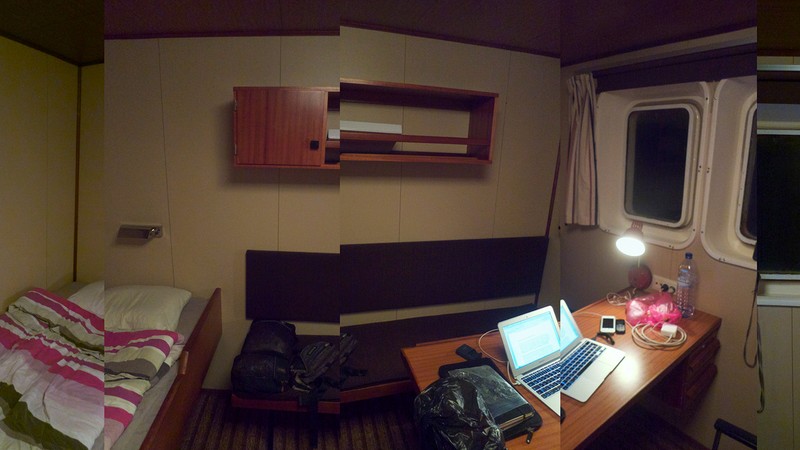
The next point I wanted to cover is in the middle of where Paul Started and currently is. While Milestone 20 is not the geographic center, it is the beginning of Chapter 3 and Paul is currently working on Chapter 6. In this section Paul is aboard the cargo carrier MV ALIOS in the Mediterranean Sea. He is going to the island of Cyprus from Israel.
While Paul did not get the chance to speak with anyone on the vessel, he was able to get some sense of what it was like to travel aboard a cramped ship. Ancestors most likely traveled in much smaller boats, like canoes, to get to Cyprus. But in ore recent history people have crammed into cargo ships in order to travel and move about the modern world.
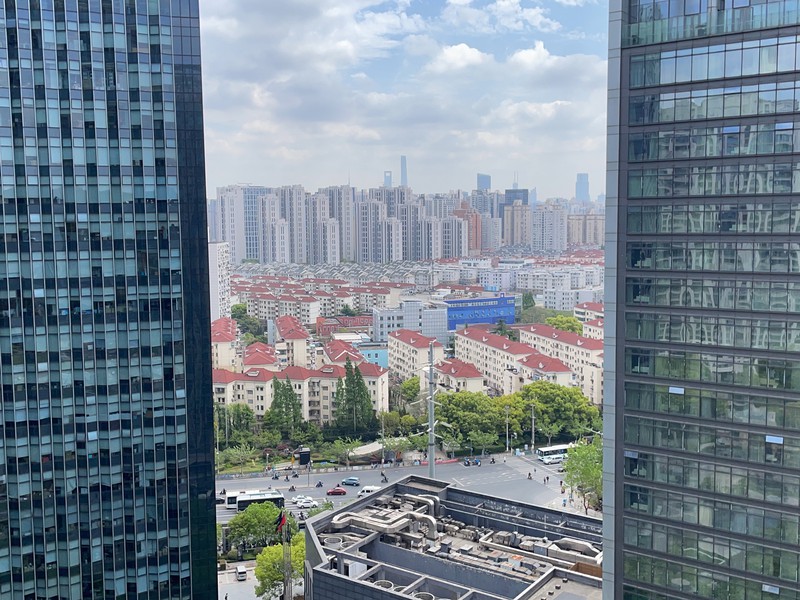
Milestone 74 is the newest entry into Paul’s epic journey. This one coumes out of Yusan in China. Due to the pandemic his travel was suspended in Myanmar, and after a coup there he had to leap frog by plane in order to travel into China after the borders opened up again.
Here Paul spoke with Jiang Ji Bing, who grows flower that are used in medicine and fertilizer, But business is bad because the borders were still closed for trade. He plans to only pick the flowers that are remaining and then pack up to go back to Tengchong where he is from. A sober setting for Paul, a painful display of how the pandemic is affecting all jobs that were once able to sustain someone.
Paul will continue his trek, and if you would like to know more then go to National Geographic and read about all of Paul’s astonishing milestones.
Out of Eden: The Original Walk
Humanity is old. Like, really old. Our ancestors have been around for over two hundred thousand years, and truthfully that’s just a small sliver of time compared to Earth’s lifespan. Nevertheless, our creed now spans the globe and reigns over all other species. Of course, that wasn’t always the case. Humanity never fought for it’s top spot in the race for species kingship, but back during the first generation of homo sapiens the Earth was unexplored. National Geographic, in collaboration with Paul Salopek, explored the journey out of Africa, the origin of our people, and into the vast world that took centuries to trek. The trek they took can be explored in minutes with the technology we have today.
I explored three parts of Paul’s current eight year journey. You read that right, current. Paul started his journey in 2013, and through eight years of continuous venturing he’s gone 7500 of the estimated 12,000 miles our ancestors originally walked. I joined Paul in the beginning, and what really struck me was Paul’s outlook on the journey. The man had accepted this journey would be over ten years of his life, but his mind worked in a way that so that explaining the importance of his journey was understandable. Paul started in Africa, of course, more specifically Ethiopia. From the article “Let’s Walk“, we gather Paul’s initial thoughts. His journey will reflect the past, not focusing on his end point of Tierra del Fuego. He restates that to locals who ask him where he’s going. Paul’s focus is always on the next point, not the end. This adds to the accuracy of the journey as our ancestors had no true end point, they search for habitable land. They searched for conditions to live in, for flourishing land and game to hunt.
Of course this journey is nearly impossible now without boat. Continental separation and climate change over nearly two hundred thousand years made this journey sectioned off by bodies of water. The caption of this section was “Silk Road”. The formidable Silk Road was a trade route encapsulated in history as one of the most important marks of development. Paul’s “Silk Road” is no longer accurate to the Silk Road of the past, but Paul’s journey shows the modernize Silk Road. Today we have much quicker means of transporting goods, whether that be by boat, plane, or more local means like car or mail carrier systems. These our the Silk Roads of today.
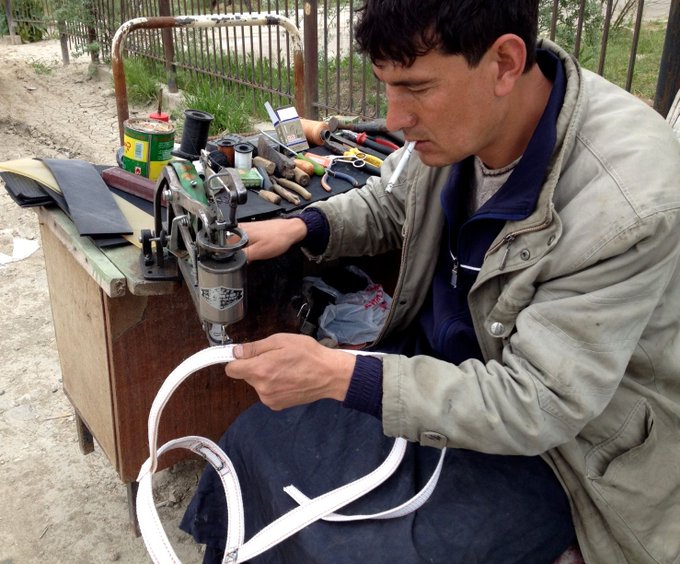
https://twitter.com/PaulSalopek
Paul is nearing Eastern Asia now. The Out of Eden website is updated on his journey as of October 2021. What I have come to love about Paul’s journey is his perspective. Through seven, almost eight years of travel he has not changed his outlook and ability to describe. He has become grounded and more aware. Meeting people from along his journey has shown him different perspectives of the modern world. In his journey is reciprocate the ancestral world he has found nothing but damage. The word’s of the wise seem to go unheard. The article “Green Ark“, also the most recent from Paul, shows how passionate Paul has become along his journey. He began his journey focusing on the next destination, exploring a foot-worn route as old as time. He now sees deeper than we can imagine. He has seen development and unnatural development. In his latest article, he states that along his path in Asia “I spot a dark form flit from the ground into the trees… it is Gallus gallus, the red junglefowl, a wild Asian ancestor of what is by far the most abundant bird on Earth today: the 65 billion commercially bred chickens eaten by humans every year” (Salopek). 65 billion. If that doesn’t show the impact of commercialism and greed then I don’t know what does. If that doesn’t rattle you, then try to fathom the carbon output and pollution effect that product has.
Paul isn’t done his journey yet. You can keep up with him here: https://www.nationalgeographic.org/projects/out-of-eden-walk/
Out of Eden Exploration

I used the Out of Eden National Geographic tool to travel around the world with the help of Paul Salopek. I enjoyed seeing all of the different places and experiencing real life locations with this interactive virtual tool. For this project, I chose to explore an island in Cyprus, a valley in Northern Pakistan, and a town in China.
I learned that Cyprus is one of the oldest islands inhabited by humans on the planet. It has a rich history that is reflected in both the manmade structures and the natural landscapes shown in the article about this particular leg of the journey. I enjoyed reading the detailed, vivid descriptions as well as seeing all of the beautiful locations captured by the photographer. All of the material presented about Cyprus makes me want to learn more about the place on my own.
The second location I visited was Northern Pakistan. The chapter focused on the nomadic miners who pan for gold on the banks of Karakoram. I read about the Sonewal people, who spend their days searching the river for precious flecks of gold. The pictures and paragraphs of information about the miners lives are thought provoking and make me wonder what my life would have been like if I had been born to a different family in a different place.
The final location I read about was Yusan, China. I was particularly interested in this location because I’m adopted from China and I always enjoy learning about my home country whenever I can. I loved seeing all of the beautiful pictures and reading the history of this specific location in China. The landscapes and videos look like they could all be still life paintings and the videos of city life remind of the trips I take to Manhattan every few months.
I would love to show these pictures and videos in my future classroom and explore the art from all of the different places I saw in the Out of Eden project. It would be interesting to assign the Out of Eden project as class reading and then have all of the students tell the class about their favorite places the next day. I think it would be a great way to show the kids about different ways of life around the world.
Start your own journey here: https://www.nationalgeographic.org/projects/out-of-eden-walk/#section-1
Out of Eden Walk
A Out of Eden Walk is an adventure conducted by Paul Salopek as he embarks on a 24,000 mile journey to show the beauty the earth has to hold to the world’s population.
https://www.nationalgeographic.org/projects/out-of-eden-walk/#section-0
One of the adventures a Walk of Eden Walk went on was a trek through Saudi Arabia, Jordan, West Bank and Israel. This trek through the Middle East took place from May 2013 until July 2014. Their journey started in Jeddah, Saudi Arabia. At this location, they walked over 60 miles and this was the first urban trek in their adventures. This location has seen a spike in population growth, contributing to the 67 billion dollar construction boom within Saudi Arabia. The city is very comparable to Los Angeles in terms of its urbanization and population. The walk was conducted with the help of Sam Nawar who is a historian of Jeddah and Mohamad Banounan who was their desert guide. Their cities, again, were very comparable to ours here in the United States. They have their morning rush hours, which they got to experience at the beginning of their adventure. They also had coffee shops and playgrounds within their city and much of it was still under mass construction.
You can find more pictures and information about this adventure here.
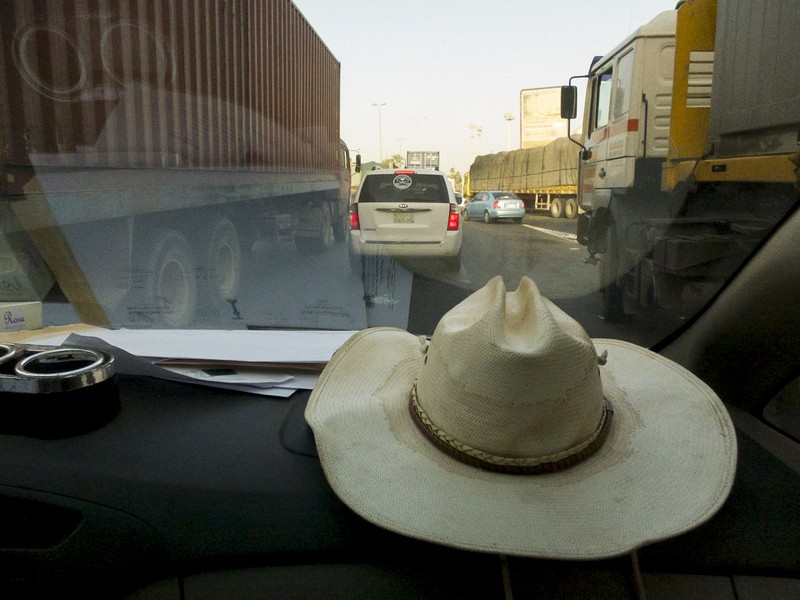

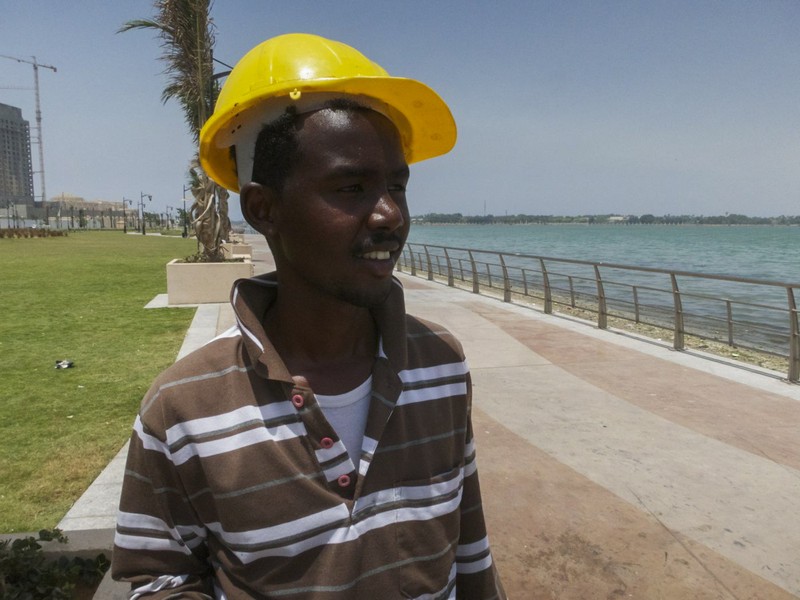
April 3 of 2016 the team of Out of Eden Walk embarked on a journey through Baku, Azerbaijan. Baku, Azerbaijan is the first oil capital of the world. Baku had been a traveling focal point for adventurers and wanderers leading all the way back to the Stone Age. Throughout history, this port offered fish and shelter for humans crossing through. During the 19th century the city had become the world’s first petroleum capital. Evidence of Baku’s history is littered throughout the city in their historical architecture still up to this day. In Old Baku especially, the beauty of the past is standing strong, remaining a staple in the city’s tourism. Despite the historical evidence throughout the city, the city still has it’s hints of modern urbanization and modern architecture that can be admired alongside the older beauties.
You can find more information and pictures about this adventure here.
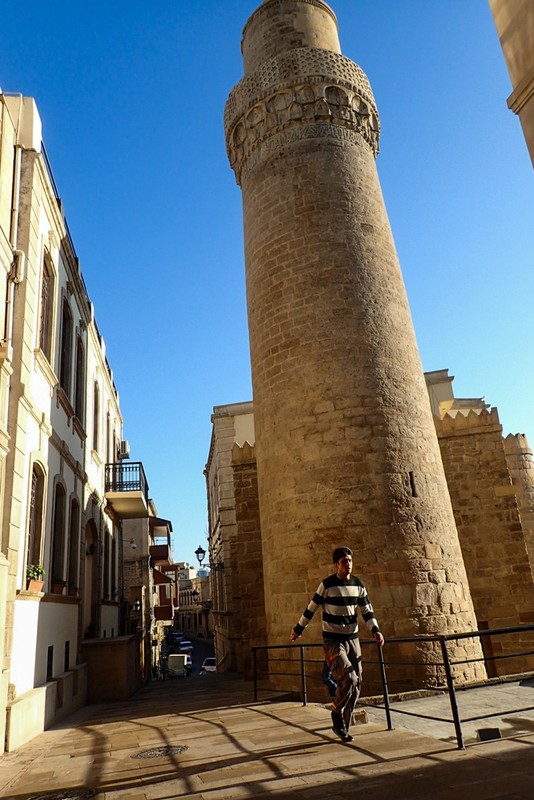

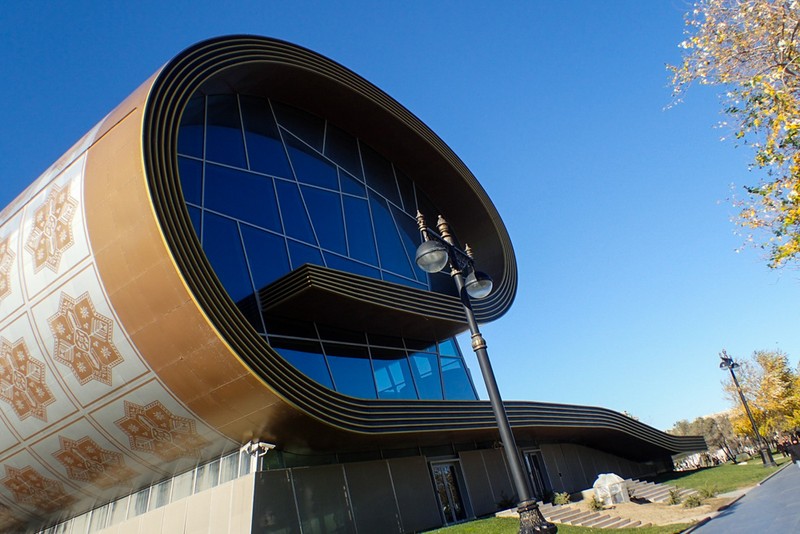
Another one of their adventures they had taken just this month on November 8, 2021 is that they traveled to Gaoligong Mountains in Yunnan, China. This was a stop of the adventure through the Middle Kingdom. The Gaoligong Mountains is considered China’s hotspot of biodiversity. This biodiverse land spans approximately 300 miles of land with about 5,000 species of plants that cover this vast landscape. Of course, this location is just as plentiful when it comes to the diversity of their wildlife. The Gaoligong Mountains have about 700 species of animals that call this beautiful landscape home. Amongst these species of animals include 154 mammals, 419 birds, 21 amphibians, 56 reptiles and 49 fish. Included in the animals that cover this land there are also approximately 1,690 different species of insects in this area. According to biologists at the Gaoligong National Nature Reserve, there are still so many different species of plants that are discovered every single year. Within the article, they also discuss just how much industrial farming, logging, overfishing, pollution and human-induced climate change is affecting areas such as this one all around the world.
You can find more information and pictures about this adventure here.
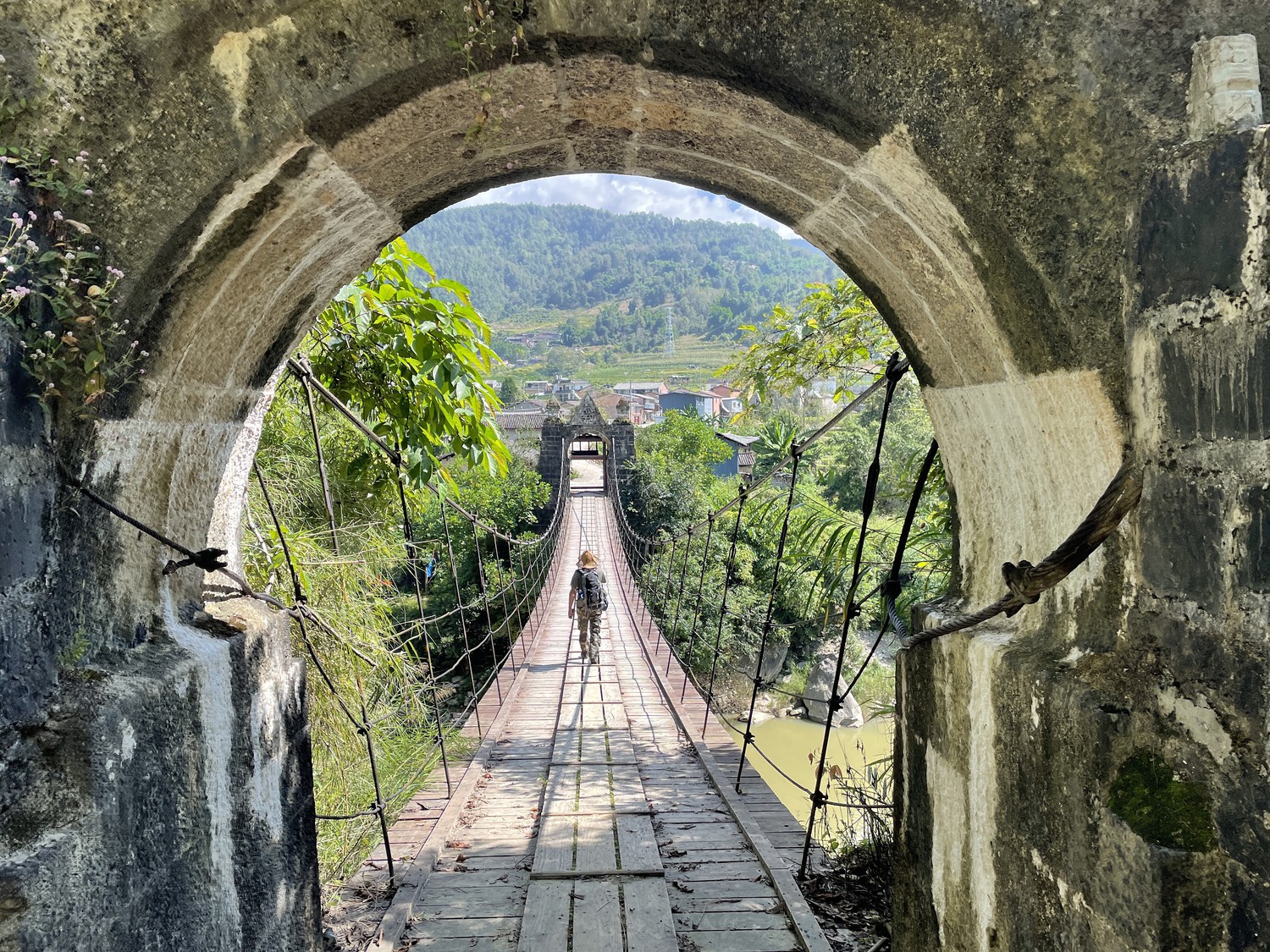
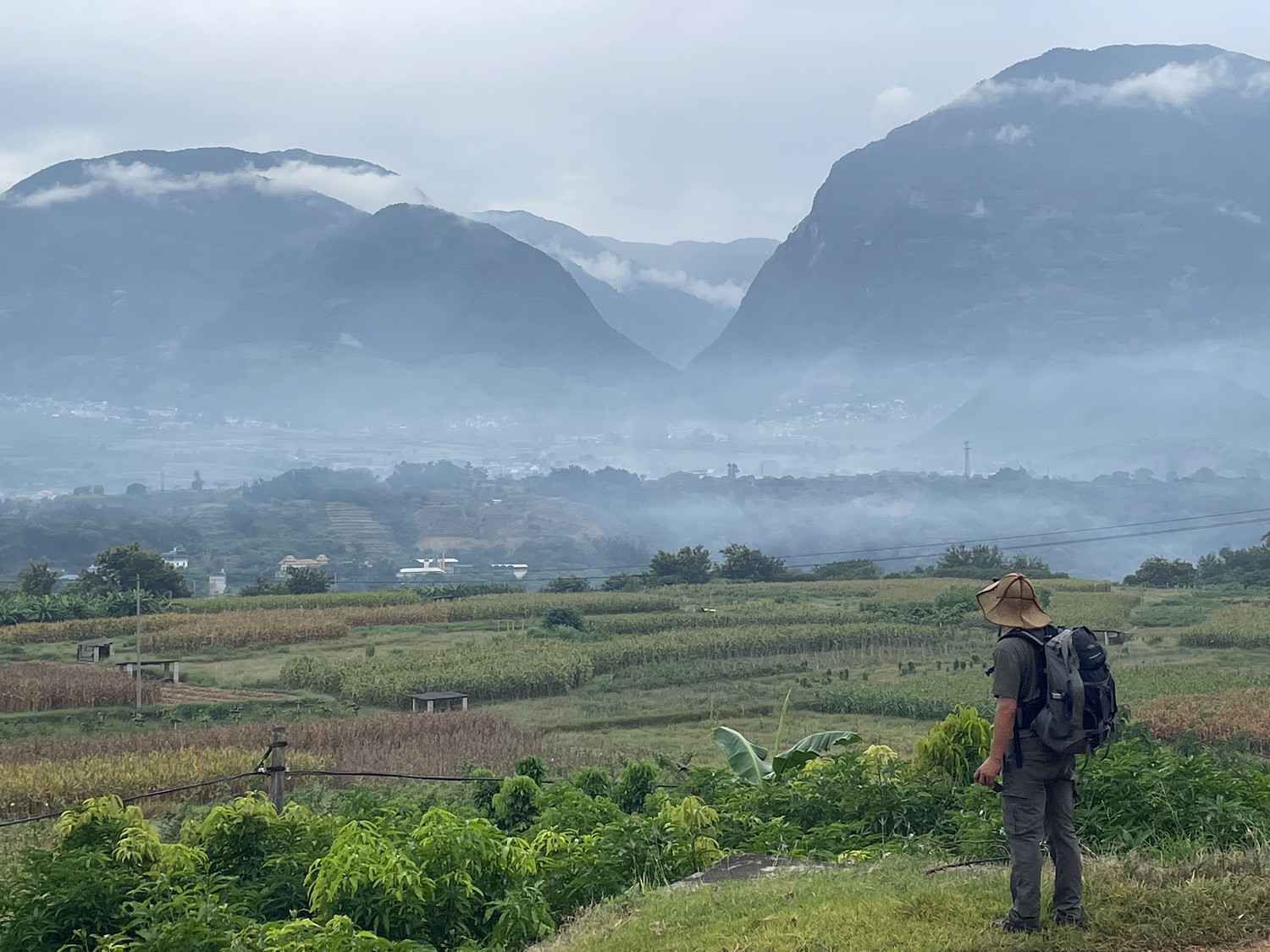
Out Of Eden Walk
Out of Eden walk is an experiment in slow journalism. Paul Salopek is partaking in this experiment. He is walking 24,000 miles by foot. Paul is walking pathways that the first humans that migrated from Africa took. He is doing this to write major stories on climate change, cultural survival, mass migration, and so much more. He is recording everything as he takes this journey to rediscover our world.
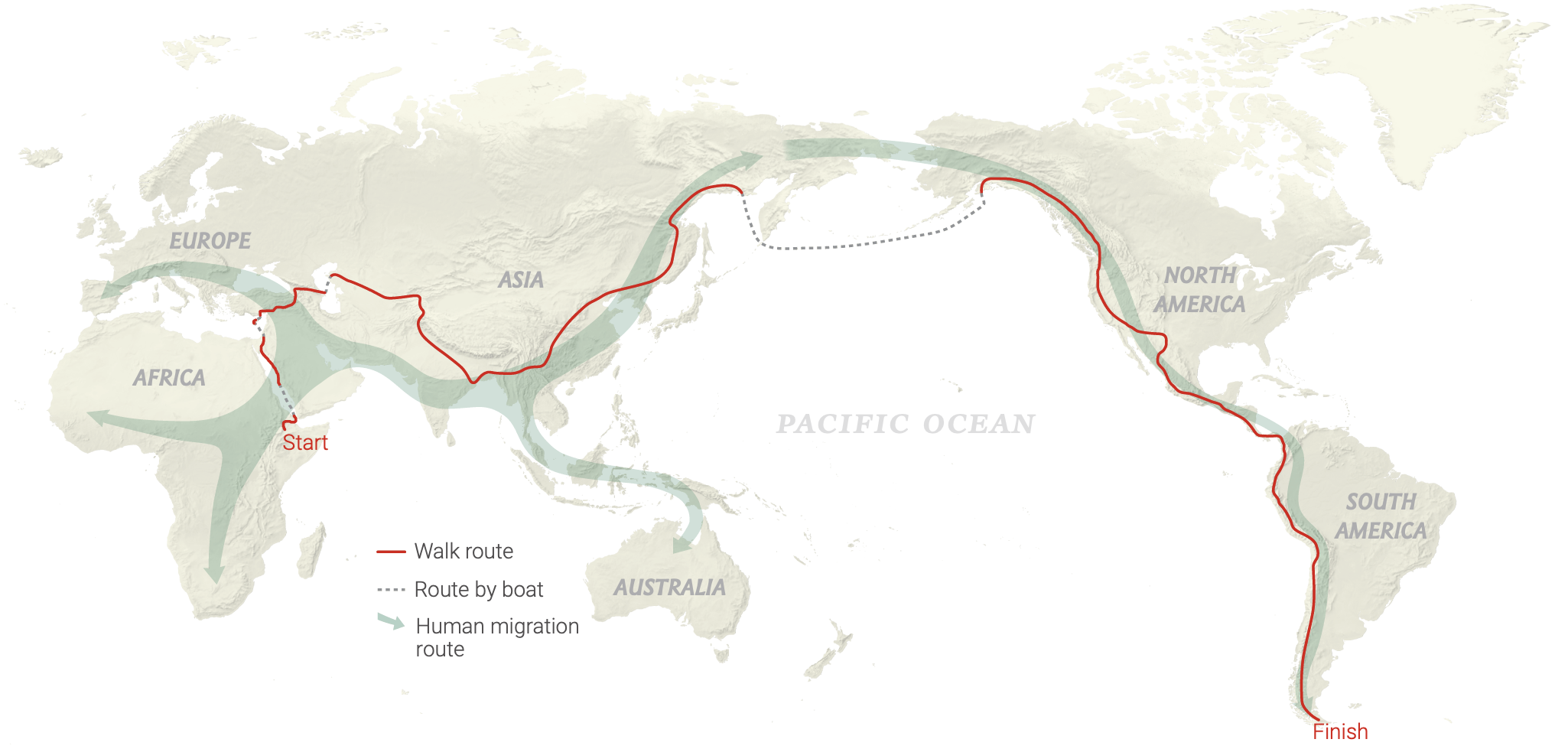
Out Of Africa
Out of Africa was the first stop I explored. I explored this one first because it is where the journey starts. Paul begins his journey with his tour guide Ahmed Alema Hessan. They begin their journey with camel walking. An interesting topic that stood out for me was the walk through the graveyard. Paul walks through a colossal graveyard. The people of Ethiopia live comfortably among their uncounted dead. I found this interesting because their bones are never buried and people are able to walk comfortably with them. Another thing I found interesting was the hand-dug wells. These wells were fairly deep and it’s quite impressive that someone hand-dug them.
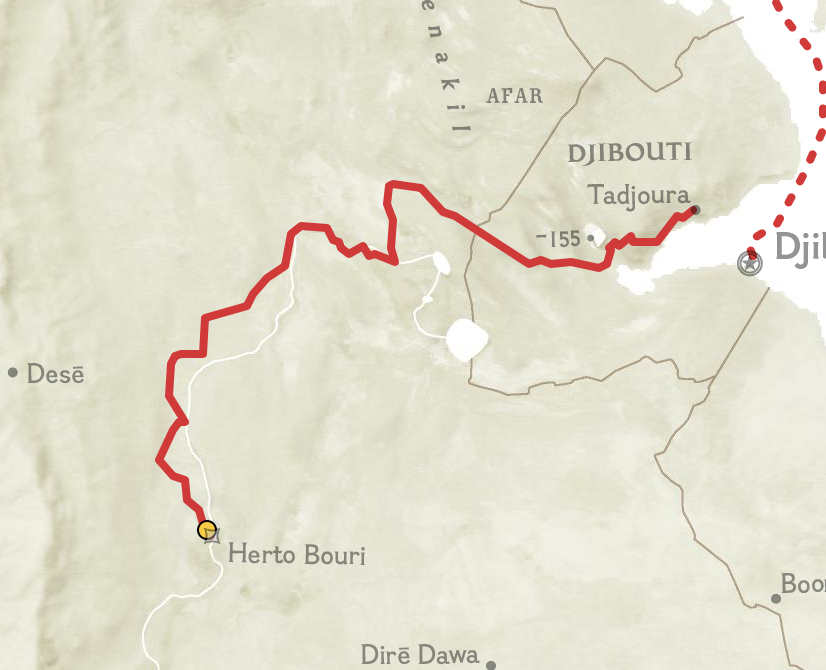
Autumn Wars
The next stop of Pauls journey I read about was chapter 3, Autumn wars. In this part of his journey, Paul writes about how lonely Europe is. He says that crossing the boarder there was not another soul on foot. In chapter 3, Paul has been walking for 532 days and has walked a total of 1,900 miles. Something that stood out for me in this chapter was the ghost city. This is where a green line separates northern and southern Cyprus. It represents the unsolved war in Europe. Paul says that it is a barbed-wire scar.

Silk Road
Chapter 4 marks milestone 33 on Pauls journey. He has been walking 1,079 days and has walked a total of 3,200 miles. Paul visits Aktau, Kazakhstan. This is a place where the streets have no name. In this chapter Paul explores places where mystic healing is used. He learns about tales of miracles and hope while he’s in central Asia. He walks through the wilderness with his horse. The horse is used to carry his stuff from destination to destination. He states that in Kazakhstan, horses are apart of the culture. They are used for many things. Chapter 4 was my favorite chapter I read. Paul explores many interesting things in this chapter. He also learns a lot about the different cultures.

Overall, I found this website very interesting. It would be a helpful tool to use in a geography classroom. The stories that Paul writes about the places he explores, are informational and interesting. His journey towards rediscovering our world is one that everyone should read about. You learn a lot about the different cultures. Check out the website to learn more about Pauls journey!
Out of Eden Walk
The first humans to explore the Earth made the long journey out of Africa during the Stone Age, and Paul Salopek is walking their same path. This photo maps out their 24,000 mile trek through all of the continents covering the globe.

There were many people who walked this path and Paul even quoted “Not an inch of this antique vista hasn’t been fought over, cursed, blessed, claimed for one divinity or another. It is a land worn smooth like a coin traded through countless fingers”. They thought of the desert land of the Arabian Peninsula as the holy lands which was the history for the three monotheistic faiths. So many people believed in this so it made it easy for them to all want to walk this journey. Still to this day since the Stone Age, the Out of Eden walk is still being talked about by trying to connect all of the diverse partners involved. The path crosses through the Silk Road in Central Asia which was one of the largest trading paths in history. This meant that it connected so many people because lots of people were located around the Silk road.
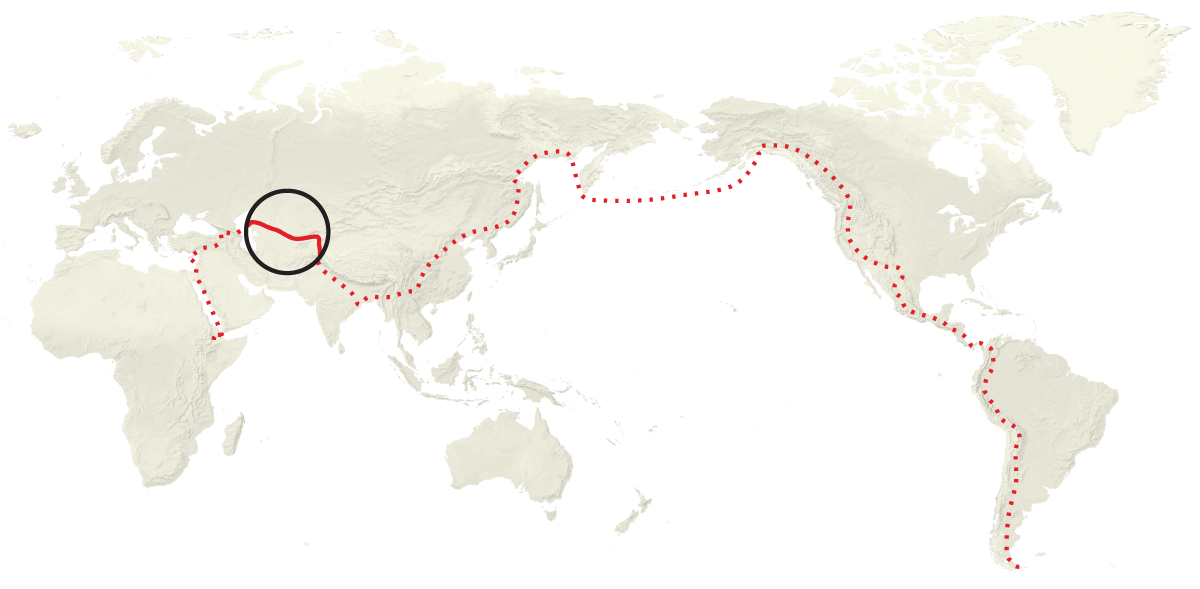
Overall, this project that Paul Salopek started is meant to connect the different, diverse continents. It shows the path that the first humans took during the Stone Age to connect the different bodies of land. To learn more about the Out of Eden walk, explore https://www.nationalgeographic.org/projects/out-of-eden-walk/#section-0.
Julie Barron
Blog Post 10-Tatianna Competello
This week we are working on the topic Out of Eden Walk. This is a website with multiple chapters and it is actually very interesting. But some may wonder what is the Walk Of Eden? According to the website https://www.nationalgeographic.org/projects/out-of-eden-walk/, it states how this walk was completed by, Paul Salopek’s It was a 24,000-mile odyssey is a decade-long experiment in slow journalism. Moving at the beat of his footsteps, Paul is walking the pathways of the first humans who migrated out of Africa in the Stone Age and made the Earth ours. Along the way, he is covering the major stories of our time—from climate change to technological innovation, from mass migration to cultural survival—by giving voice to the people who inhabit them every day. His words, as well as his photographs, video, and audio, create a global record of human life at the start of a new millennium as told by villagers, nomads, traders, farmers, soldiers, and artists who rarely make the news. In this way, if we choose to slow down and observe carefully, we also can rediscover our world.

The first chapter I am covering is Chapter 3: Autumn Wars–
This chapter explains what happens when you become a war refugee. This leads you to walk everywhere. This chapter states how In southern Turkey, one of the oldest farmed landscapes, Salopek meanders through pistachio orchards, Bronze Age ruins, and walled medieval cities. And he walks into one of the greatest humanitarian catastrophes of our time: tides of refugees from Syria’s civil war. Turning northeast, he passes through tense Kurdish villages en route to the Caucasus Mountains and a frigid crossing into Georgia—an oasis of stability in a turbulent region. From the capital, Tbilisi, Salopek sprints through Azerbaijan to the shore of the Caspian Sea. Central Asia and the ancient Silk Roads beckon. I think it is really cool that we can take a virtual tour with every milestone Paul came across at the time and be able to see the whole view of the exact place he was in as well.
When I looked more into this chapter on the website I was able to see the destinations that were crossed during the time of this chapter. For this chapter, he begins his journey on June 25th, 2014. He was in Limassol, Cyprus. Paul explains what Cyprus was like in such words, “Smooth, flat asphalt, and not a soul on foot. “Such is the inward loneliness of Europe.” Then on July 16th in the same year, Paul crossed over to Mersin, Turkey. Paul strikes out across Anatolia with a professional tour guide and a recalcitrant 22-year-old mule. Now on July 31st, 2014 Paul hit his twentieth milestone. This was one day 532 of the journey and he hit 1,900 miles.

The next Milestone that was established in this chapter is Milestone 21: Cyprus. This was one day 548 and the mile reached was 2,000. This is an interesting piece of what Paul had to say about his time at Cyprus, “The iron ship docks with a clang. There are beaches slathered with baking Russians, baking Brits. Then a port city. Then a checkerboard of olive groves, of yellow hay fields. Empty chalk roads that burn out the eyeballs. Boarded up villas. (The global banking crisis hit hard.) Marooned villages. Old Byzantine churches. The racket of cicadas only ratchets up the heat. Carob trees throw lead-colored shadows. Up in the dry hills above Pyla, an Indian tractor driver points the way north to the Turkish enclave. Sitar music twangs from his earbuds. Another new arrival. He turns soil that has been plowed for 9,000 years yet still gives. It has always been this way in Cyprus.” You can click here for the article.

The next milestone that was discovered in this chapter is Milestone 22: Back and Forth. This goal was reached on the day of 532 and mile 2,100. This milestone aboard THE M/F Bozcaaada Ferry, at the Mediterranean Sea. The video I listed below takes you on a virtual tour with the sound of the sea, and at a beautiful time of the day. Although there is one more goal to this chapter I thought the three that I chose were the most interesting to me.
Chapter 2: Holy Lands-
This chapter took place from May 2013 until July 2014. In this chapter we see Paul go from the desert expanses of the Arabian Peninsula, the walk heads north into holy lands that seeded the three great monotheistic faiths. In this chapter, we read about Sami’s World. As stated in the article Sami Nawar is the director of Al Balad, Jeddah’s famous historic district. He’s a compact, friendly, indefatigable man with 1,001 plans, schemes, projects, ideas. “This is the only city on Earth with this claim,” Sami says.
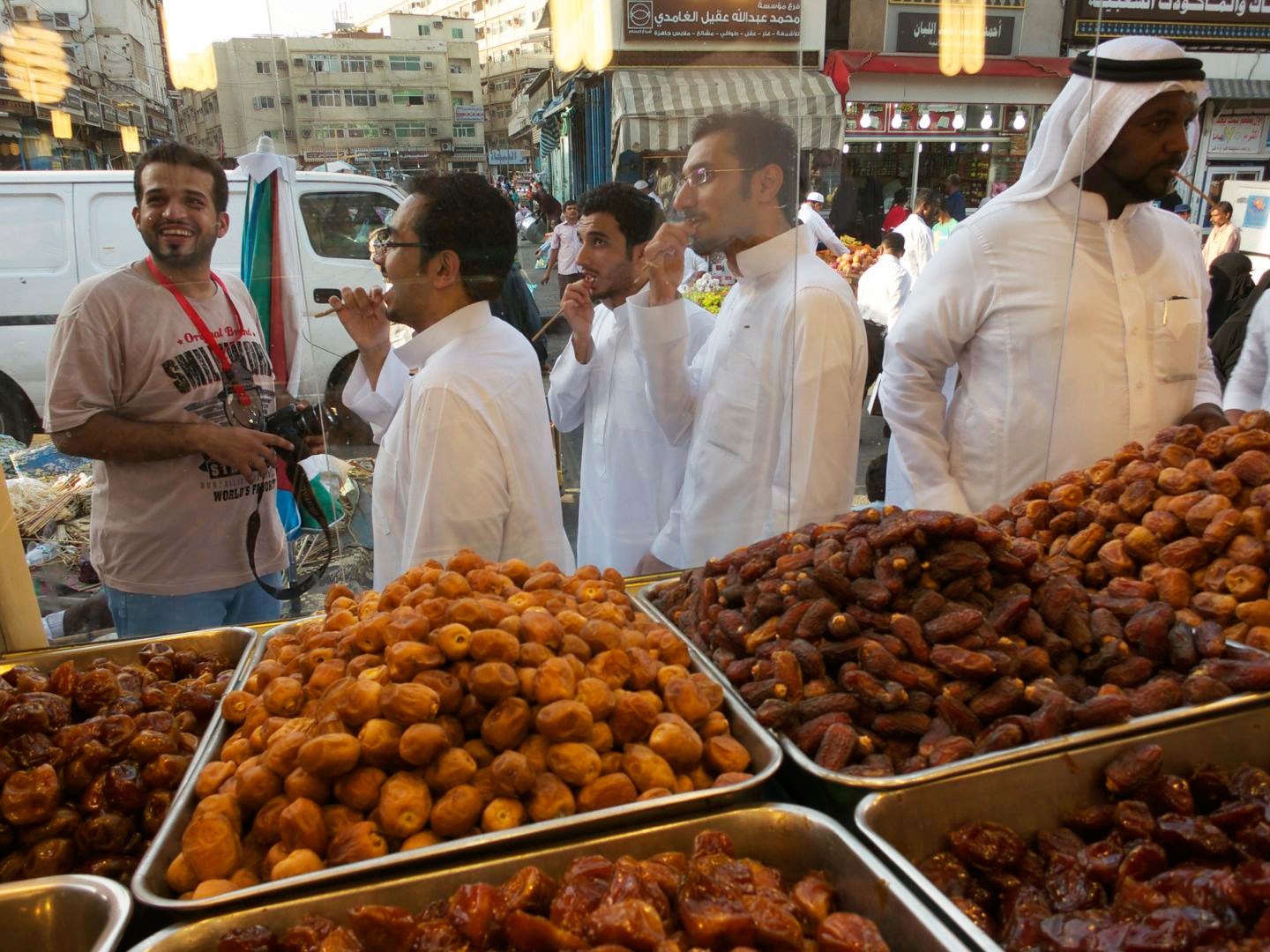
The author of this article wanted the audience to see that he came to Jeddah, Saudi Arabia looking for Eve’s grave. Paul did everything he could in his power to find this grave. There were many milestones and goals reached along the way. In the video below Sami gives the audience a quick rundown of why he is going on this journey and educates other people watching this video.
The last chapter I am covering is Chapter 5: Riverlands–
This chapter took place in Pakistan, India. The dates this chapter took place are February 2018 until October 2021. In this chapter we see Paul navigating a maze of waterways across fertile South Asia, the walk traverses an emerging center of global power. In this chapter, I deiced to cover the part about Gold Nomads of the Karakoram. Paul says Rivers in the glacial valleys of the Karakoram, the towering mountains of northern Pakistan, swirl ice cold and the color of slate. Along the banks of some of these remote waterways, patchwork tents huddle like flotsam. Inside the tents live nomad families who wander from current to current, panning the dark sands for glints of gold. These are the Stonewall.
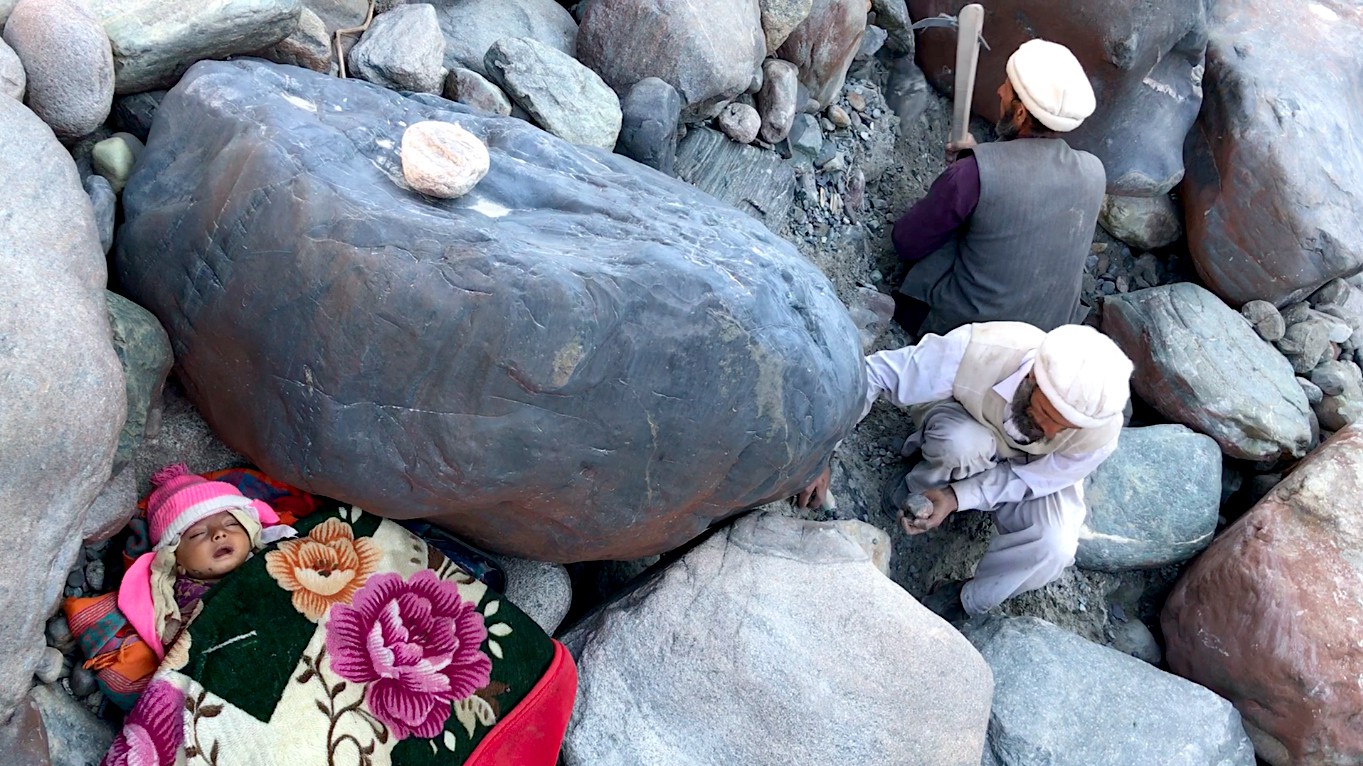
The video I embedded below shows the living conditions, Paul lived in for the time he was in Pakistan. Along with how the people from Pakistan lived every day. It is sad to see how some of the children live in these conditions. No evidence links the Sonewal to the Roma people, as Brown suggested. But they still roam as before. Few of the surrounding townspeople marry into their ranks. Their children remain mostly uneducated.
Out of Eden Walk Blog
The holy lands in Saudi Arabia are filled with many different stories that are fairly interesting. The Four Seasons hotel is very different from the ones in America, and they have various exotic dishes. The decoration and furniture within these hotels are not up to American standards. There are no fancy showers or complimentary breakfasts and etc., so they are very old-fashioned.
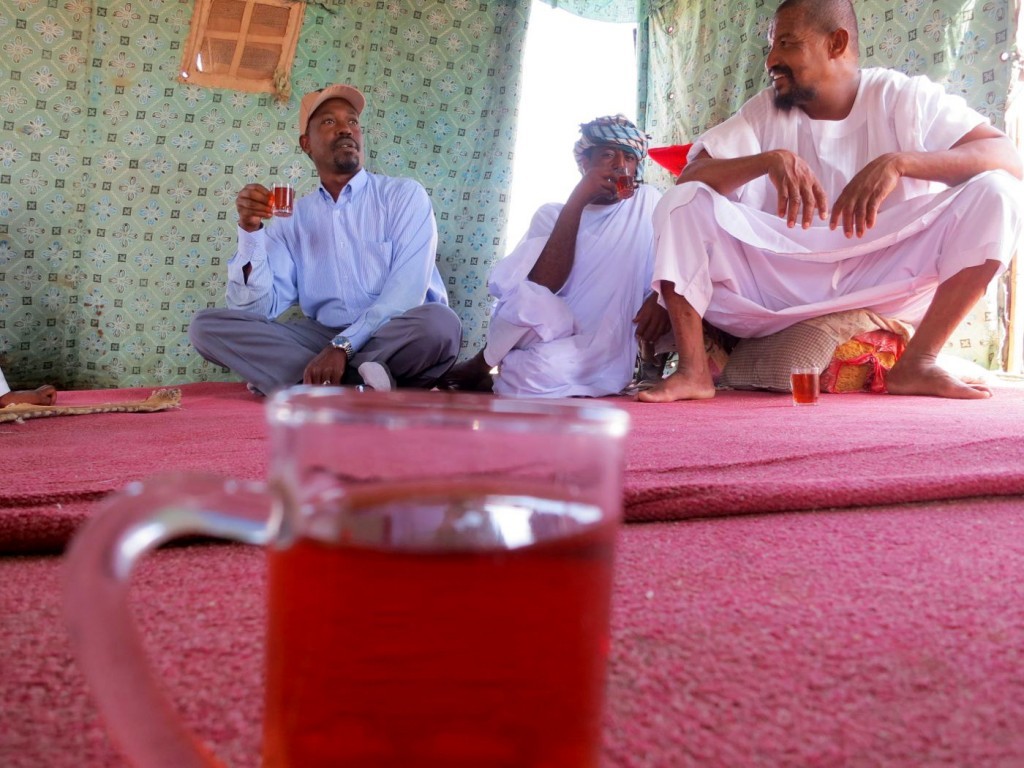
Then there is also the unique aircraft known as the gyrocopter. This gyrocopter was known to be a mixture between a helicopter and a plane. This gyrocopter was the most used aircraft in Saudi Arabia, and they have used this aircraft for multiple achievements. Two people from Saudi Arabia parachuted managed to fly the gyrocopter although way to the north pole and parachuted in there successfully.
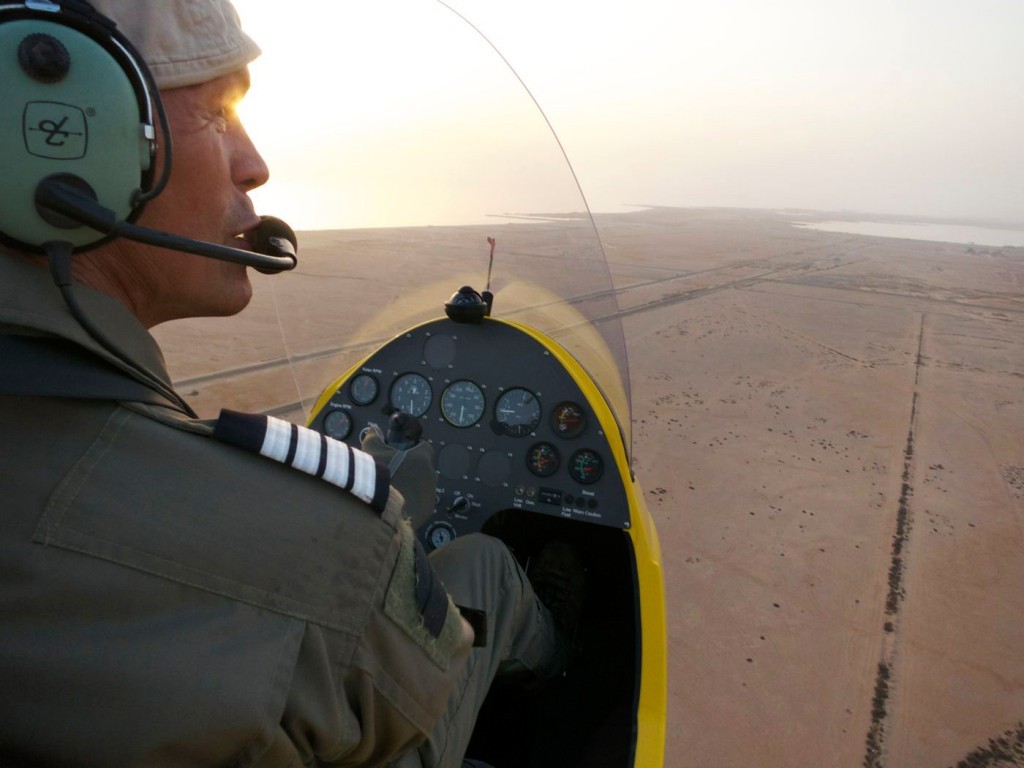
Saudi Arabia was amazingly known for its extremely exotic dishes. There was a thing called Sami’s world which was filled with over 100 exotic dishes that expanded throughout Saudi Arabia. This was only one of Sami’s great ideas and he had thousands more for housing, events, and many more. So in full Sami brought so much to Saudi Arabia.
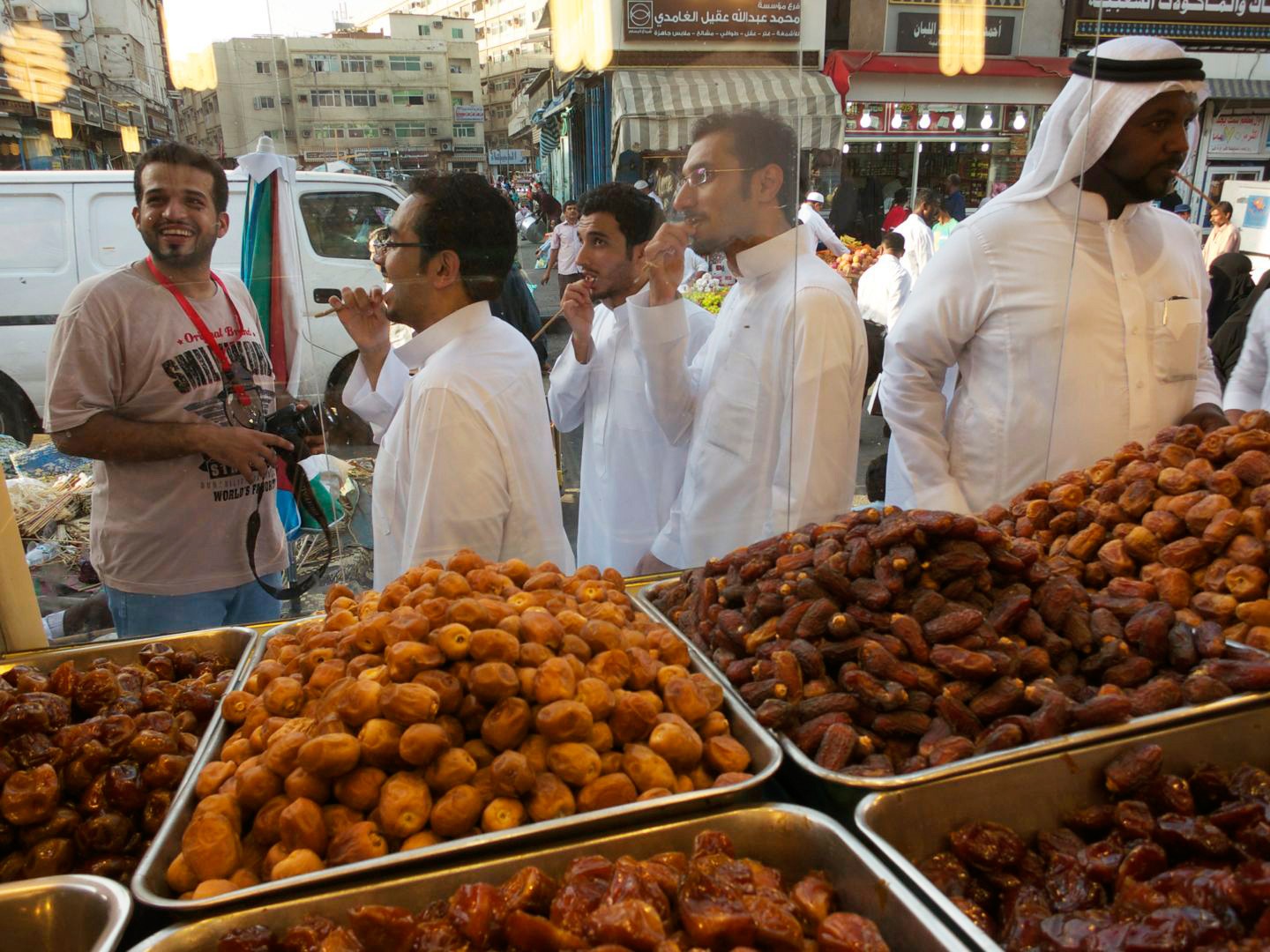
Out of Eden Walk
Exploring the trail of the Out of Eden Walk was quite interesting. I wanted to start by looking where the walk started: Africa.

More specifically, I looked at Ethiopia. I was unaware that it was the home of one of the oldest human fossils. Reading the first post that sets up the goal and timeline of the walk felt like a good place to start. It gave a lot of background information, as well as descriptive language about the animals and sounds heard in Ethiopia.
I then moved on to “Holy Lands.” I wanted to take a closer look at the post called “Shore Lines.” I thought it was incredibly interesting to learn about brine pools. I had never heard of a brine pool before reading this post, and hearing about the make up and contents of a brine pool was very educating.
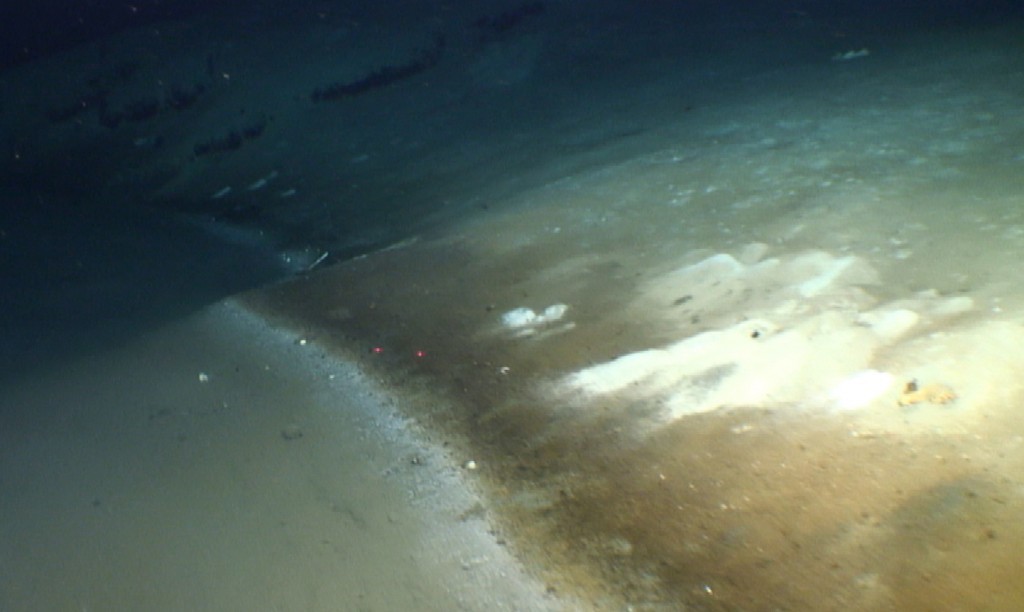
I then moved on to read “Treasure Island.” Truthfully, I picked out that post because I had read the novel Treasure Island when I was younger, so the name stuck out to me. I knew very little about the island of Cyprus, and was excited to learn more about it. I had no idea it was one of the oldest inhabited islands on the planet! I especially liked the one part where it said that “For 150 kilometers I am the only thing that moves on foot. Such is the inward loneliness of Europe.” It seems eerily peaceful to me.
I plan on going through the rest of the walk to learn more about these different places & learn about the experiences.
Feel free to check them out as well :
https://www.nationalgeographic.org/projects/out-of-eden-walk/#section-2
Out of Eden Walk
In 2013 Paul Salopek began his journey, traveling in the paths of ancient migration patterns, titling it, The Out of Eden Walk. He documented his travels through writing, video, audio, and pictures. Every 100 miles he marks his recordings. In this post, I will discuss three of the locations Salopek documented.

Salopek began his journey in Africa, in the Ethiopian Rift. He provides a panorama view of his first milestone, showing a group of people, a vehicle, and the desert. Idoli Mohamed, an Afar pastoralist is the first encounter he writes about on his journey. He asks him three questions; who are you, where do you come from, and where are you going? Idoli answers he is a pastoralist however, he doesn’t want the same life for his children. He would prefer for his children to attend school. Idoli explains people say the Afar people are from Tadjoura, Djibouti. He says that if they can be educated they could go anywhere.
At every milestone, Salopek takes a picture of the earth and the sky. In his first milestone, he shows the pile of goat dung he stands on at mile 0 of his journey and the sky, showing how bright the sun is, describing it as a “blast furnace.” Even in the picture of the sky, it’s easy to see that there are very few clouds and there are no trees for shade. This shows how brutal the conditions are in the area.

On day 654 of his journey, Paul Salopek is near Mt. Subhan, Turkey. At this point, he has traveled 2600 miles. He wrote Mt. Subhan is an extinct volcano, “it’s cone arrowed 13,000 feet into space and was very stormy. You rarely saw the summit.” The panorama shows green grass-covered hills, their cargo horse, and his traveling partner. While there are some clouds that can be seen in his panorama, none are seen in his earth and sky picture, again showing how brutal the sun is.
Salopek encounters two young boys, Yusef (14) and Eyep (15). He asks the boys the same three questions; who are you, where are you from, where are you going? Eyep answers for both of them, they are cousins from Turkey, he wants to be a teacher and Yusef wants to become a geological engineer.

Milestone 74: Every Story Contains Silences
Milestone 74, 3184 days and 7550 miles into the journey, is Salopek’s most recent milestone, posted on October 26, 2021. In the introduction, Salopek explains that he had to put the trek on hold for 20 months due to the Covid-19 Pandemic due to closed borders. He explains that crossing the border into China became completely impossible when Myanmar’s army took power in a coup. In order to continue his journey, he needed to take a plane into China. This means he skipped 251 miles, and two milestones.
At this milestone, he meets flower farmer Jiang Ji Bing. Again, he asks the three questions. Jiang Ji Bing answers that he plants flowers that are used for medicinal purposes, he is from Tengchong, and once the flowers are picked he is going back home.
Jiang Ji Bing’s flower farm is pictured in this milestones panorama, as well as mountains and buildings. In the earth and sky pictures, Salopek is standing on a partly paved path, much different than the previous two milestones discussed in this post. This shows how different each area he visits is. Some are completely barren, some are in the middle of nowhere, and some are in the middle of cities or farms.

The Out of Eden Walk is a great resource for students. This could be used in a history classroom to discuss ancient migration patterns. The documented journey is also great for showing students the diversity of the world through people, cultures, and environments. Paul Salopek showcases his journey in a way that focuses on archaeology, culture, environments, and more. This is an important resource to educate students on the social and ecological aspects and difficulties of different people around the world.
The site also features an “In the Classroom” tab which provides resources for students and teachers about the Out of Eden Walk. It offers resources from National Geographic, the Out of Eden Walk homepage, and the Pulitzer Center. These sites provide outlines, lesson plans, and educator notes.
Below is an introduction video posted on Vimeo for the Out of Eden Walk.
Thank you for reading!
Samantha Pollina
Recent Comments